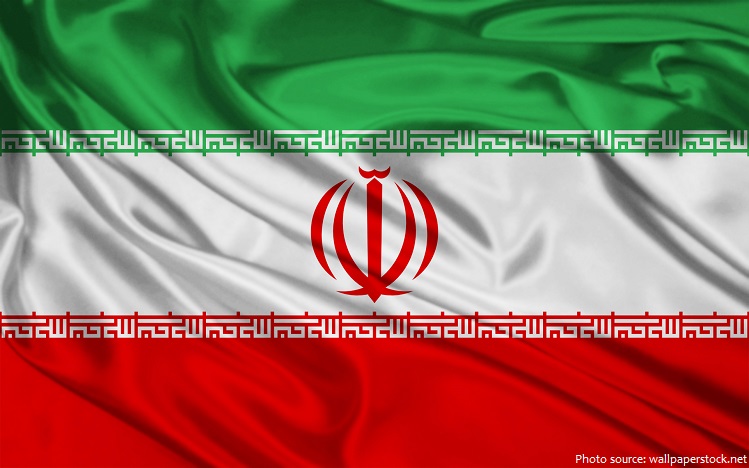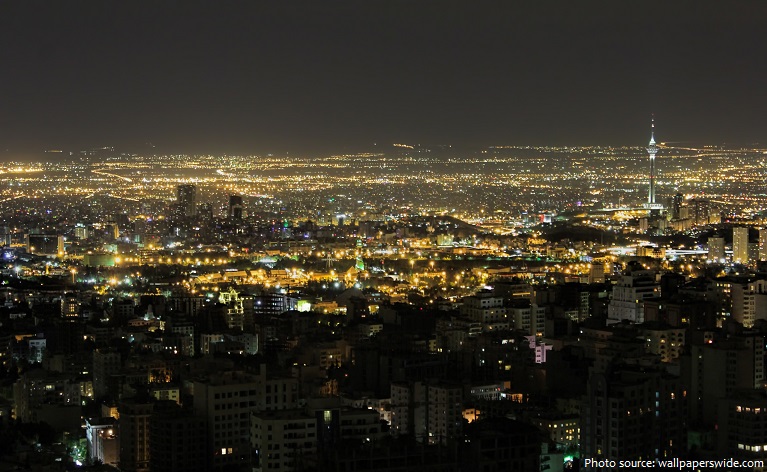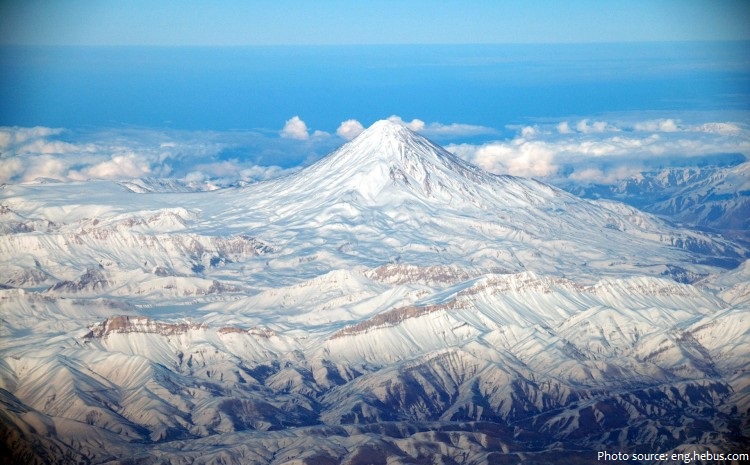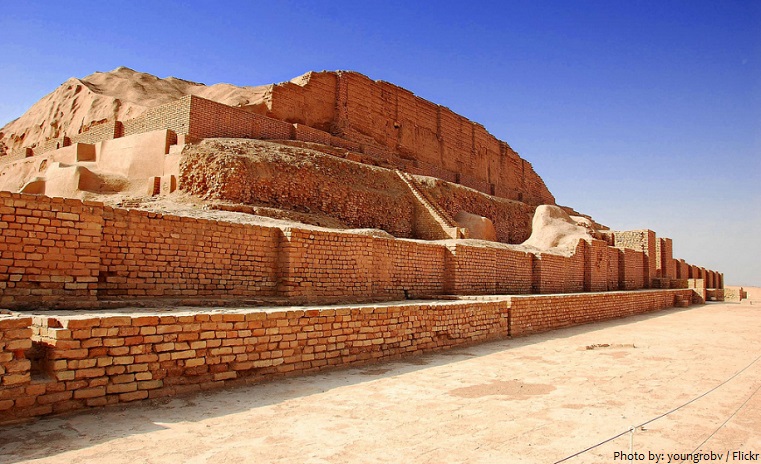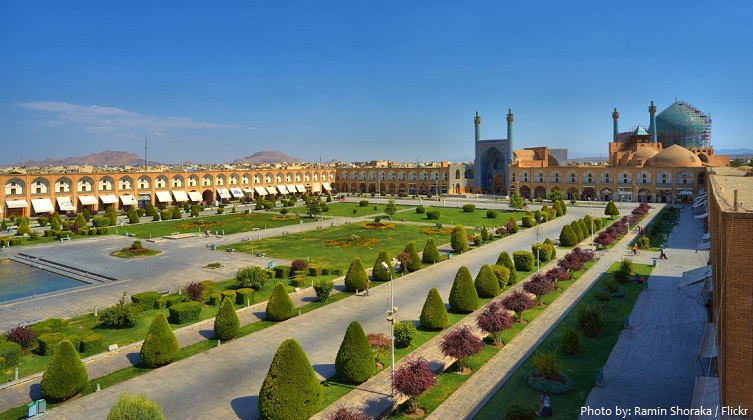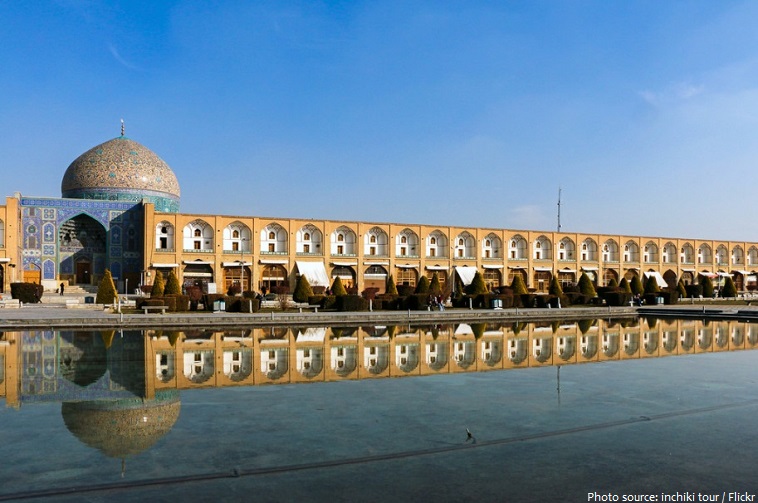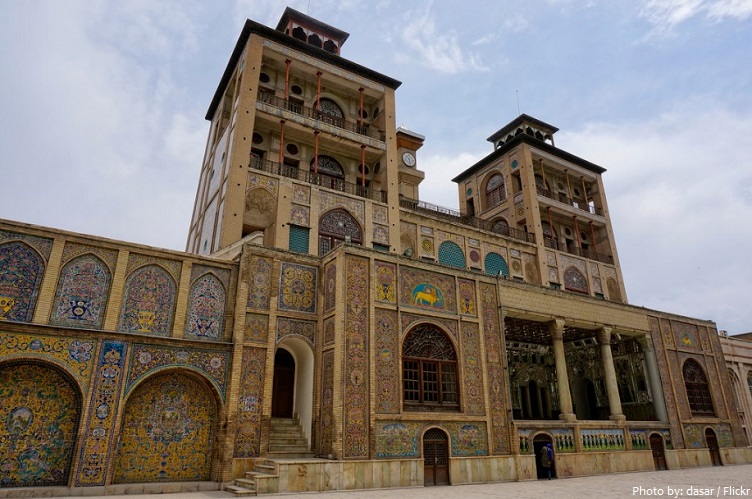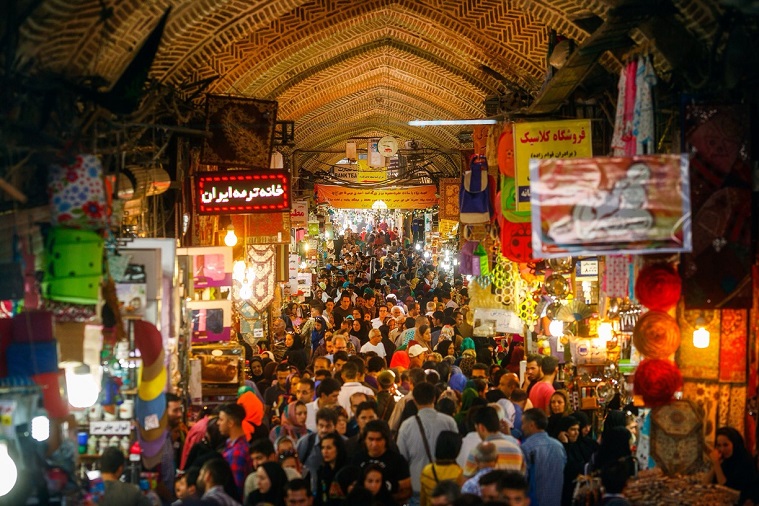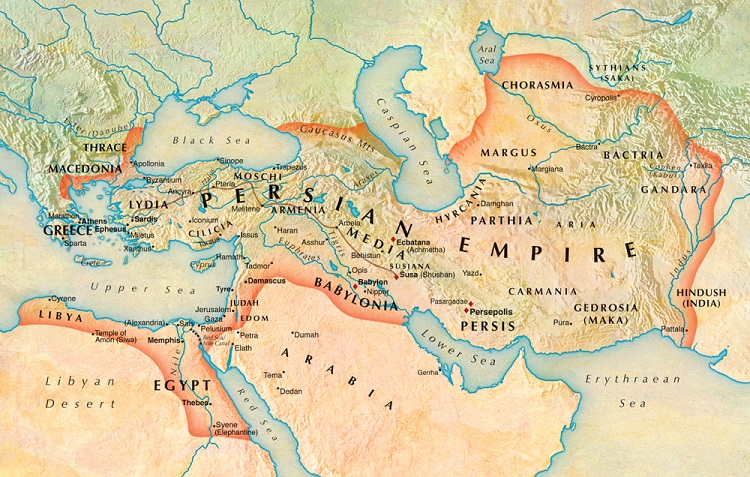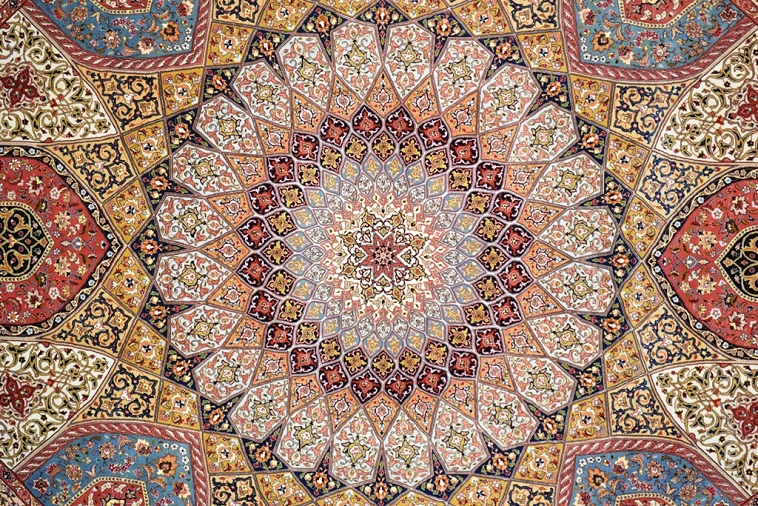Iran is a sovereign state in Western Asia.
The official name of the country is the Islamic Republic of Iran.
It is bordered to the northwest by Armenia, the de facto Nagorno-Karabakh Republic, and Azerbaijan; to the northeast by Turkmenistan; to the east by Afghanistan and Pakistan; to the south by the Persian Gulf and the Gulf of Oman; to the north by the Caspian Sea; and to the west by Turkey and Iraq.
The official language is Persian.
As of 1 January 2016, the population of Iran was estimated to be 79,621,869 people. Iran is the world’s 17th-most-populous country.
Comprising a land area of 1,648,195 square kilometers (636,372 square miles), it is the second-largest country in the Middle East and the 18th-largest in the world.
Tehran is the capital and largest city of Iran. Tehran was first chosen as the capital of Iran by Agha Mohammad Khan of the Qajar dynasty in 1796. Despite the occurrence of earthquakes during the Qajar period and before, some buildings still remain from Tehran’s era of antiquity.
Iran is a mountainous, arid, ethnically diverse country. Much of Iran consists of a central desert plateau, which is ringed on all sides by lofty mountain ranges that afford access to the interior through high passes.
Mount Damāvand, a potentially active volcano, is a stratovolcano which is the highest peak in Iran and the Middle East as well as the highest volcano in Asia. It rise to 5,610 meters (18,410 feet) above sea level.
Iran has 2,440 kilometers (1,520 miles) of coastline.
There are 272 conservation areas around Iran for a total of 17 million hectares (42 million acres), variously named national parks, protected areas, and natural wildlife refuges, all meant to protect the genetic resources of the country.
Iran has 21 UNESCO world heritage sites.
Chogha Zanbil is an ancient Elamite complex in the Khuzestan province of Iran. It is one of the few existent ziggurats outside of Mesopotamia. In 1979, Chogha Zanbil became the first Iranian site to be inscribed on the UNESCO World Heritage List.
Persepolis also known as Takht-e-Jamshid, was the ceremonial capital of the Achaemenid Empire (ca. 550–330 BC). The earliest remains of Persepolis date back to 515 BC. It exemplifies the Achaemenid style of architecture. UNESCO declared the ruins of Persepolis a World Heritage Site also in 1979.
Naqsh-e Jahan Square, known as Imam Square is a square situated at the center of Isfahan city. Constructed between 1598 and 1629, it is now an important historical site, and one of UNESCO’s World Heritage Sites. It is 160 meters (520 feet) wide by 560 meters (1,840 feet) long (an area of 89,600 square meters (964,000 square feet)).
Sheikh Lotfollah Mosque is one of the architectural masterpieces of Safavid Iranian architecture. Construction of the mosque started in 1603 and was finished in 1619. It was built by the chief architect Shaykh Bahai, during the reign of Shah Abbas I of the Safavid dynasty.
The Golestan Palace, literally the Roseland Palace, is the former royal Qajar complex in Iran’s capital city, Tehran. One of the oldest historic monuments in the city of Tehran, and of world heritage status, the Golestan Palace belongs to a group of royal buildings that were once enclosed within the mud-thatched walls of Tehran’s arg (“citadel”).
The Grand Bazaar is an old historical market in Tehran. Located at the Arg Square in Southern Tehran, it is split into several corridors over 10 kilometers (6.2 miles) in length, each specializing in different types of goods, and has several entrances, with the main being the entrance of Sabze Meydan.
The region now called Iran was occupied by the Medes and the Persians in the 1500s B.C. , until the Persian king Cyrus the Great overthrew the Medes and became ruler of the Achaemenid (Persian) Empire, which reached from the Indus to the Nile at its zenith in 525 B.C.
Around 260 B.C., nomads called Parni ousted the Greeks and ruled for some 500 years. The Sassanids came into power in A.D. 224, and in A.D. 642, Persia became part of the Islamic Empire. In 1501, the kings, or shahs, of the Safavid Empire began their reign.
In the late 18th century, foreign powers, including Russia and Britain, took control of parts of Persia. In 1921, a Persian army officer named Reza Khan took control and sought to end outside influence. In 1935, he renamed the country Iran. His son, Mohammad Reza Pahlavi, became shah in 1941.
In 1979, many Iranians who felt Pahlavi was corrupt forced him to flee, ending the reign of the shahs in Iran. Since then, religious leaders have ruled the country.
Iran has extensive oil reserves, but its economy has been hit hard by a trade ban imposed by the United States since the shah was ousted in 1979. Allegations that Iran supports terrorism and a belief that it is developing nuclear weapons has led to further isolation in recent years.
Iranians have woven beautiful rugs for over 2,500 years. When creating rugs, Iranian weavers often make a mistake intentionally. They want to show their belief that “only God is perfect.” After oil, Iran’s second largest export commodity is carpets.
Iran is one of the world’s largest producers of pistachios, caviar, and saffron.
Persian culture is famous for beautiful poetry, luxurious rugs, and lush gardens. In fact, the English word “paradise” comes from a Persian word meaning “enclosed garden.”
Polygamy is legal in Iran, and men can marry up to four wives.
Chelow kabab or Chelo kabab is the national dish of Iran. The meal is simple, consisting of steamed, saffroned basmati or Iranian rice and kabab, of which there are several distinct Persian varieties.
Tea is the national drink in Iran.
Opium smoking in Iran dates back to at least the 17th century, and the the country has one of the highest rates of opiate addiction in the world.
Polo was invented and first played in Iran (or ancient Persia) more than 2,000 years ago.
The Persian cat is one of the world’s oldest breeds. They originated in the high plateaus of Iran where their long silky fur protected them from the cold. Italian traders brought the breed to Europe in the 17th century, where they became an exotic status symbol.
Not long ago, Iran was home to many lions, tigers, and other big cats. Unfortunately these sleek hunters are now very rare, and some species have gone extinct. Only a handful of Asiatic cheetahs and Persian leopards remain.
The word Iran is the Persian word for land/place of the Aryan.
